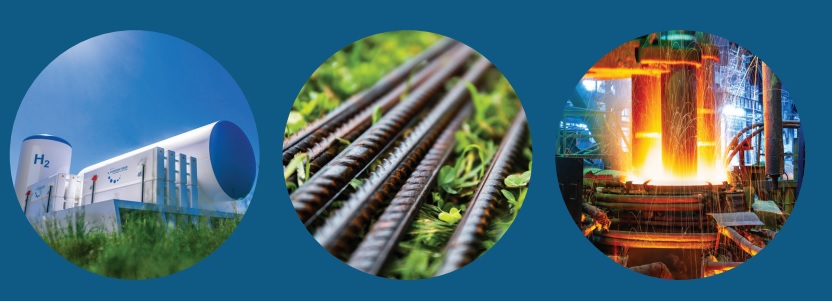TMT BAR
TMT Bars is the foundation of a growing economy. It supports the framework that facilitates growth, the housing that drives urbanization, and the medium and tools that power industrialization. No country has achieved high rankings of income per capita without mainly raising steel consumption per capita. India’s best steel consumption per capita is still at a low place of around 75 kg per time, consistent with India’s low GDP per capita compared to other countries.
This is only 33 of the world average, a clear hint of the large growth in top TMT bars consumption demanded to raise Indian GDP per capita and foundation of a growing economy and improve the interest of its citizens
Although critical for profitable growth, the iron and steel sector is energy- and resource-explosive. Similar, rapid-fire growth of steel demand, using conventional product styles will have significant environmental consequences. moment, the iron and steel sector is formerly the largest manufactured sector in terms of energy consumption and contributes to around 7 of global direct CO2 emigrations(IEA, 2017)( IEA, 2019). Indeed with anticipated energy productiveness advancements in the iron and steel sector, direct emigrations are set to further than treble out to 2050, from around 252 MtCO2 in 2019 to 837 MtCO2(Hall, Spencer, & Kumar, 2020). easily, this position of CO2 emigration is a concern.
Incremental measures to ameliorate energy and carbon effectiveness in the iron and steel sector won’t be enough to place it on a line harmonious with a limiting warming target of lower than 2 °C. As a result, we need to look at further radical changes to the iron and steelmaking technologies compared to the technologies used moment. One of the leading technologies, which is well-suited to the Indian environment is using low-carbon hydrogen for direct reduction, paired with EAFs powered by renewable electricity. This steel introduces the direct reduction technology and provides a techno-profitable analysis of the direct reduction process grounded on hydrogen and outlines the eventuality of green hydrogen technologies.
It discusses the felicity of this technology for the Indian environment, setting out the scale of emigration reductions possible from pursuing this technology. It Concludes concludes, setting out recommendations for the coming way to advance this technology.

